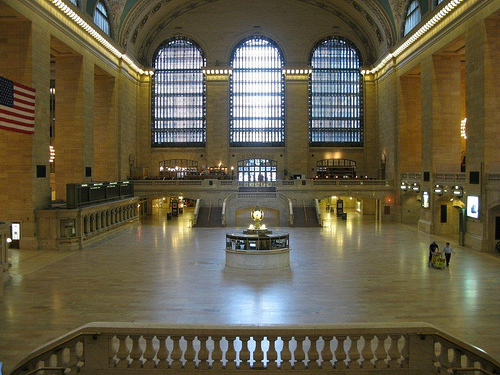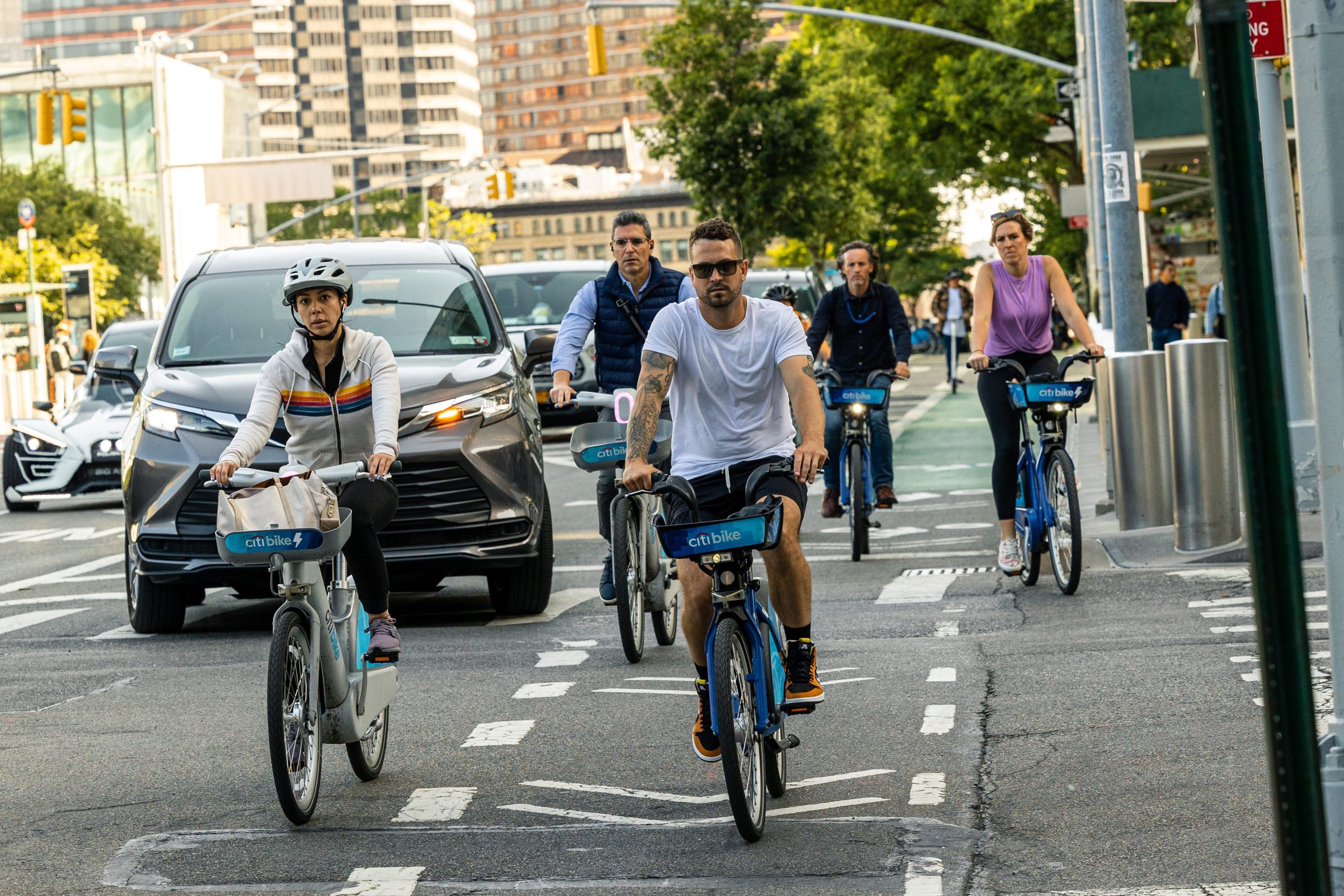
Sometimes the best way to understand the ordinary is to examine the extraordinary. Watching Hurricane Irene wreak havoc on the entire transportation system from North Carolina to the Canadian border brought certain patterns and questions into high relief. Here's some of what we thought about while the power was down.
Most striking to me was the palpable absence of the transit system in New York City. The New York Times called the closure of the subways "perhaps the most unsettling element of a prodigious storm preparation effort." Even on national television, the idea of New York City existing without transit was held up as the ultimate symbol of the seriousness of the storm. A lot of people seemed only to realize the absolute centrality of the transit system in its absence.
Life without transit also highlighted the value of building places with multiple transportation options. In the streetcar suburb where I was during the storm, people ventured out on foot to see neighbors, survey damage and even head to the few open stores long before most felt safe driving or transit service had resumed. Taxis provided a backup transportation option for normally transit-dependent New Yorkers who really needed to get somewhere.
In contrast, those with only one means of travel -- such as drivers in upstate New York, where floods rendered hundreds of roads and bridges impassable -- are stuck at home. Irene helped us see the value of multiple transportation modes, or even multiple options within a single mode.
The hurricane also cast the decisions we make about transportation safety in a different light. Storm-related incidents killed 21 Americans, six of whom died in their cars. With most people holed up, though, and those behind the wheel proceeding slowly and carefully, it's possible that more than six people might have died over a weekend of driving in the affected area, or that the hurricane kept overall traffic injuries down. If that were in fact the case, what would it tell us about efforts to prevent people from being killed and maimed in traffic crashes?
Along those lines, as of last Friday, New York City considered shutting down taxi service on safety grounds. It was ultimately decided that the need for mobility outweighed the need for caution -- an interesting case of transportation goals in conflict. It was instructive to watch drivers and pedestrians negotiate normally signalized intersections with the power off -- when does the motorist decide to yield? -- and to observe the natural traffic calming effects of fallen tree branches.
What did Hurricane Irene make you think about the way we get around?





